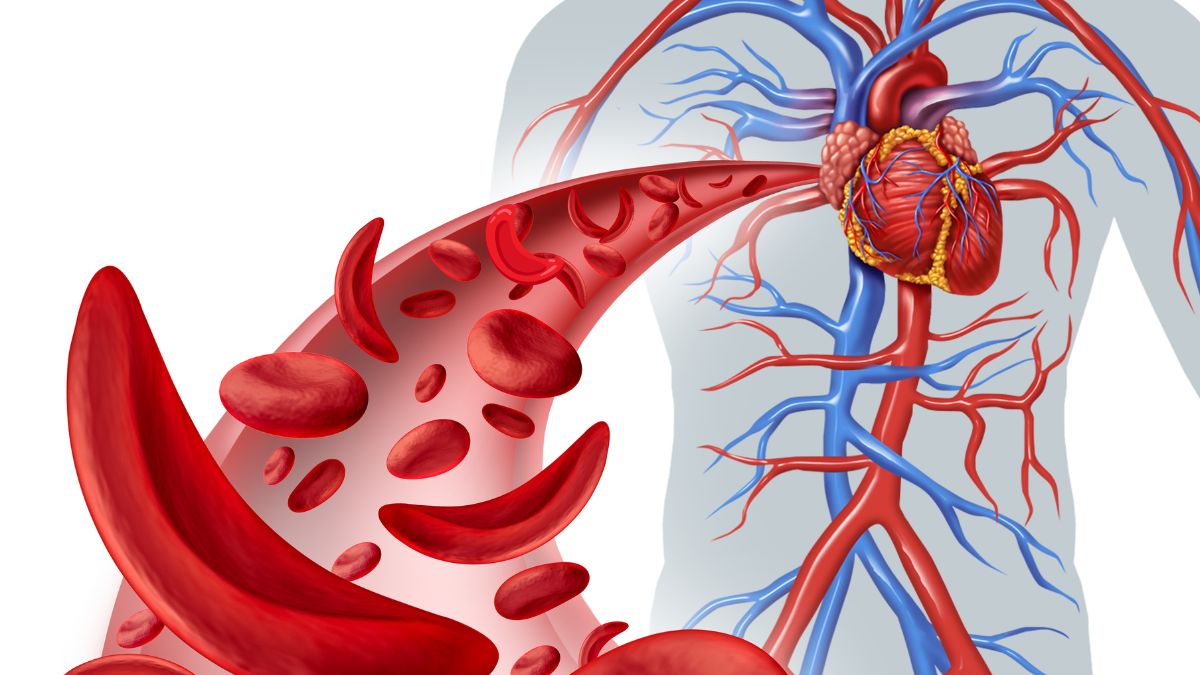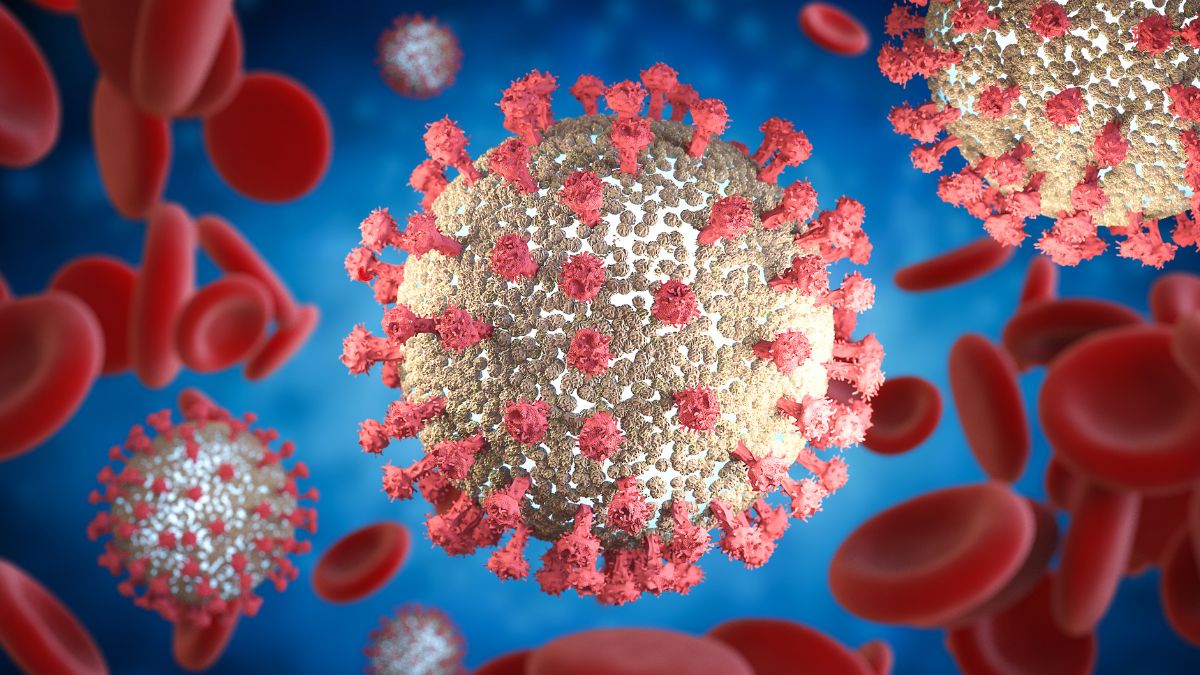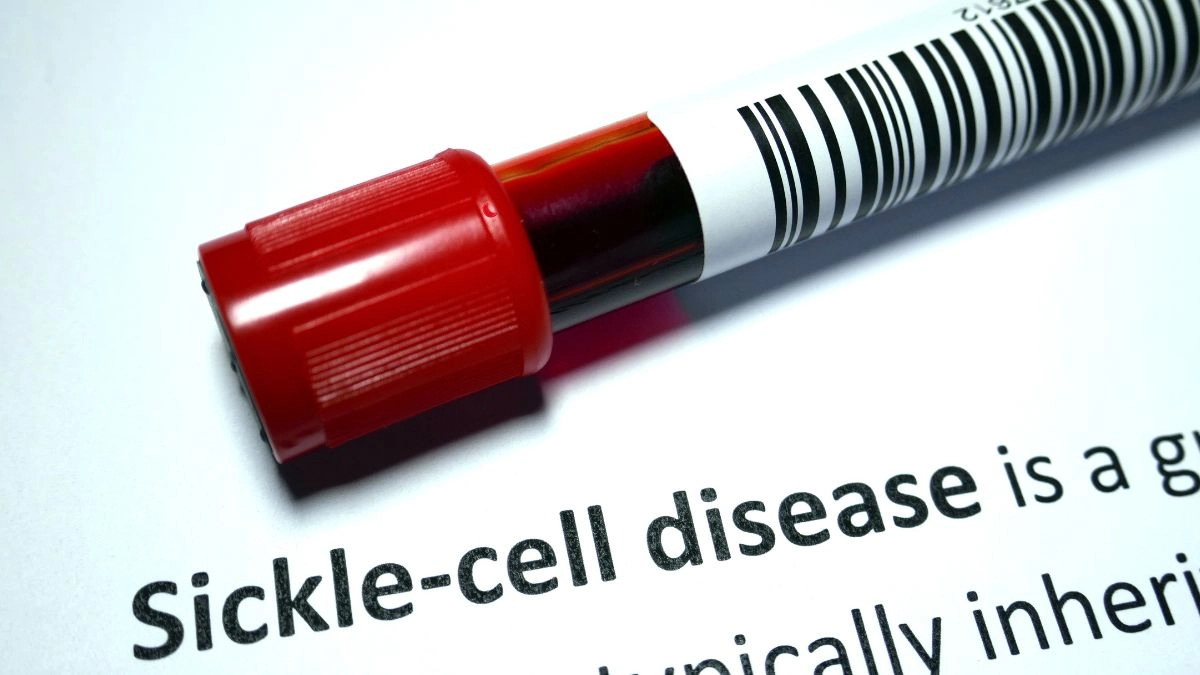- By Priyanka Munshi
- Wed, 19 Jun 2024 02:40 PM (IST)
- Source:JND
World Sickle Cell Day 2024: Knowing every trigger point causing sickle cell pain is essential to managing sickle cell disease (SCD) properly and enhancing the quality of life for those who have it. Pain from sickle cell disease, often known as a crisis, can be extremely painful and incapacitating, greatly affecting everyday activities and overall health. By recognizing the triggers—which include illnesses, high altitudes, physical stress, dehydration, and severe temperatures—patients and caregivers can take preventative measures.
For example, minimizing stress, avoiding severe weather, and maintaining adequate hydration can all help to lessen the frequency and intensity of pain episodes. Furthermore, identifying a crisis early on might enable fast medical action, which may reduce serious complications and hospital stays. Understanding these triggers also helps people with SCD live more informed lifestyles and strengthens their advocacy for the right kind of support and care. In a conversation with Jagran English, Dr. Rahul Bhargava, the Principal Director and Chief BMT at Fortis Memorial Research Institute in Gurugram, talked about the triggers of the sickle cell pain crisis.

World Sickle Cell Day 2024(Image Credit:Canva)
According to Dr. Rahul, sickle cell pain crises are acute episodes of severe pain in individuals with sickle cell disease (SCD), a genetic disorder characterized by abnormally shaped red blood cells. Understanding the triggers of these crises is crucial for managing and preventing them. The primary trigger is the sickling of red blood cells, which can block blood flow and reduce oxygen delivery to tissues, causing ischemic pain.

World Sickle Cell Day 2024(Image Credit:Canva)
Dehydration is a significant trigger. When the body lacks sufficient fluids, blood becomes more viscous, increasing the likelihood of red blood cells clumping together and forming blockages. Therefore, maintaining adequate hydration is essential for individuals with SCD.
Temperature changes, particularly exposure to cold weather, can also precipitate a crisis. Cold induces vasoconstriction, narrowing blood vessels and potentially obstructing blood flow. Conversely, extreme heat and high altitude can reduce oxygen availability, exacerbating the risk of cell sickling.
In addition, infections such as the flu or pneumonia are common triggers. They cause inflammation and increased metabolic demands, stressing the body and making sickling events more likely. Thus, vaccination and prompt treatment of infections are vital preventive measures.
Physical exertion and stress can also provoke pain crises. Intense exercise or emotional stress increases the body’s oxygen requirements, potentially leading to sickling. Therefore, individuals with SCD should manage stress and avoid strenuous activities.
Finally, Dr. Rahul said that understanding these triggers allows individuals with SCD to take proactive measures, such as staying hydrated, avoiding extreme temperatures, preventing infections, and managing stress. By recognizing and mitigating these factors, the frequency and severity of sickle cell pain crises can be reduced, improving the quality of life for those affected.

